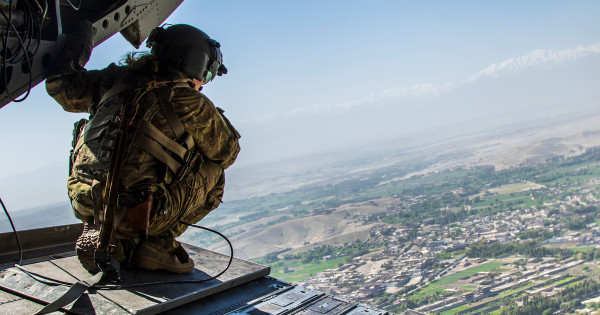

Editor’s Note: This is an opinion column. The thoughts expressed are those of the author.
The U.S. Navy recently decided to decommission four Littoral Combat Ships (LCS), or so-called “Little Crappy Ships,” in 2021, well before the end of their service lives. That may seem like news for only the nerdiest of defense geeks, but perhaps it’s a sign of something bigger.
Perhaps it’s a sign that the military is learning about the sunk cost fallacy.
They realized that having already wasted vast amounts of money on something not worth doing is not in any way a good reason to waste even more.
There are a lot of economic concepts that people misunderstand or don’t give a damn about. Unless you roll in pretty wonkish circles, you could probably go a lifetime without needing to know the details of the economic philosophies of Keynes versus Hayek. But at least one economic concept is useful in our everyday lives: sunk costs.
If you make a decision based on resources already spent, vice those you’re going to spend, you’ve fallen victim to it. If you’ve ever thought, “We’ve come too far to turn back now,” you are in the thick of the sunk cost fallacy. What is past no longer matters. The only thing that matters is what happens going forward.
The military, more than any other institution, lives by sunk costs. Once a man is lost seizing a piece of ground, it becomes hallowed. “How can we give this up after all we’ve sacrificed?” That’s a great start for a motivational speech, but it’s a horrible reason to do anything.

The value of anything should be determined by what you’re willing to give for it from this point forward. What you’ve already spent is irrelevant. That’s important when it comes to buying weapons systems. It’s even more important when it comes to the lives of military members.
As we look at the new peace deal with the Taliban, this becomes very poignant. How can we make a deal with those who’ve killed Americans? The answer is that we are where we are. The U.S. has made a multitude of mistakes that have already cost it far more than that wasteland is worth.
We went there to exact punishment for 9/11 and to prevent Afghanistan from being used as a base for further terrorism. The U.S. has already killed or captured most of those associated with 9/11, so the first objective is done. The goal now should primarily be to prevent Al Qaeda from using Afghanistan as its base. If the proposed deal accomplishes that, it’s probably good enough. That the country will likely backslide from what gains in liberty it’s made should be viewed in the context of whether that was a key goal of the campaign to begin with.
If this deal would have been worth it before a single American died, it is still good enough after 2,400 have. Those 2,400 are gone whether or not we take the deal. The only question is whether getting a better deal is worth another one, or 10, or 1,000.
There’s rarely such a thing as an easy decision in national defense. Almost anything has the potential to risk many lives and cost an immense amount of money. Unfortunately, decision makers in national security are forced to make those tradeoffs. It’s easy to say that nothing is worth a human life, much less many, but in the real world it so happens that many things are.
It’s easy to say the physical security of U.S. territory is worth risking troops’ lives. It’s harder to say the same for a country most Americans can’t locate on a map. But they either are worth doing today or they aren’t, whether or not other service members have gone before.
That’s hard to accept, but the best way to value those who have sacrificed is not to sacrifice anymore — unless we know it’s worth it.
